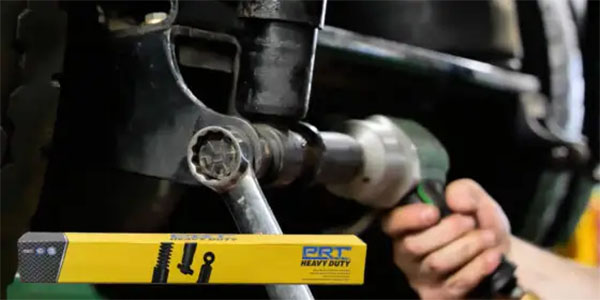Leave that air cleaner alone! What am I talking about? I’m referring to the old, round air cleaners used on carbureted vehicles.
Many people think they’re an eyesore compared to a shiny new chrome one, but there’s a lot more to them than meets the eye. The inside of the air cleaner is designed to smoothly direct the air flow up to the top while reducing turbulence, so the air can be smoothly drawn down through the carburetor.
The majority of these also had a snorkel and in some cases two, that picked up cool air from the sides of the engine compartment.
The snorkel was also designed to increase the velocity of the air as it entered the air cleaner.
In addition, the snorkel design incorporated a pickup for warm air to be drawn from around the exhaust manifolds up into the air cleaner for improved cold weather driveability.
There was also a filtered pickup for fresh air into the crankcase as part of the PCV system, so these were important for emissions too.
When you’re servicing an old vehicle that has one of these air cleaners, it’s important to use a high-quality filter that’s made specifically for the application. You can’t see it when the lid is on, but the filter is designed to seal on the top and bottom so that all air flows through it.
If a filter is installed that is even a little bit too short, unfiltered air will be drawn over the top of the filter into the engine. Not only should you avoid this, but vehicles with this type of air cleaner are often collector vehicles, or at minimum vehicles that sit over the winter.
Even in newer homes and garages, small rodents can be present and it’s best not to give them anyplace inviting to build a nest, especially in a carburetor.
It might be an oldie, but to the owner, it’s a goodie, so give it the best filter you can.
This video is sponsored by FRAM.













